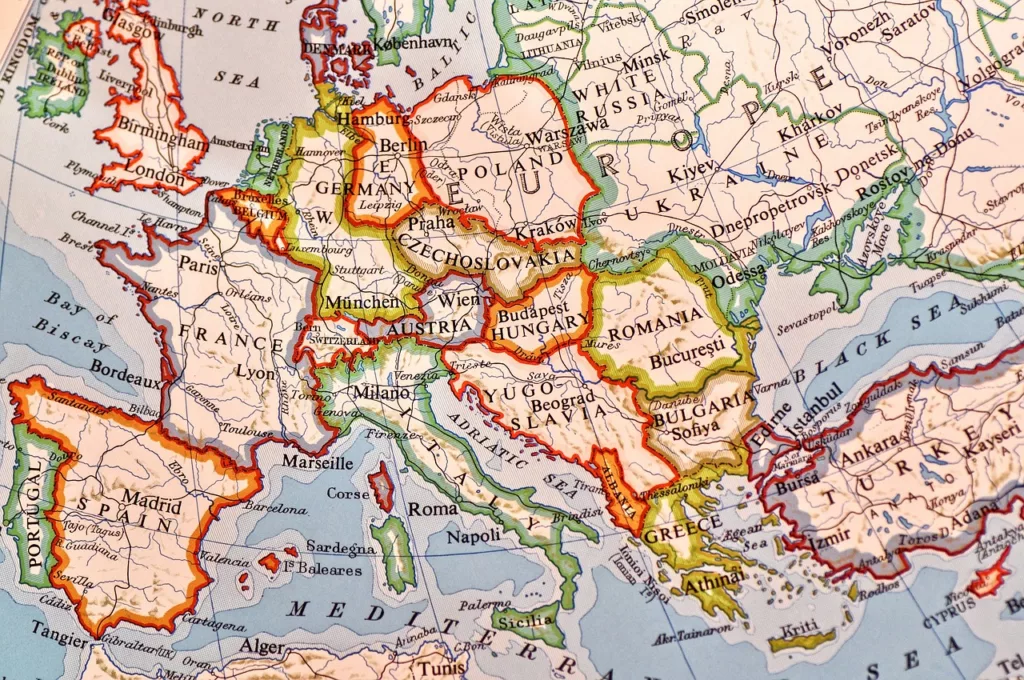arrange your dutch vat
VAT Compliance
Fiscal representation allows non-EU and EU companies to import goods into the European Union via the Netherlands without having to register for Dutch VAT themselves. We act as your official representative towards the Dutch Tax Authorities, ensuring compliance while optimizing your cash flow.
Benefits of Limited Fiscal Representation
-
Cash flow advantage: Immediate release of goods without pre-financing import VAT (Article 23 license).
-
EU market access: Import once in the Netherlands, then distribute freely across the EU.
-
Compliance & security: Full VAT and customs compliance under our professional license.
-
One-stop solution: We combine customs clearance, bonded warehousing, freight forwarding, and fiscal representation under one roof directly for our clients. We also offer fiscal services to logistics partners and customs brokers.




